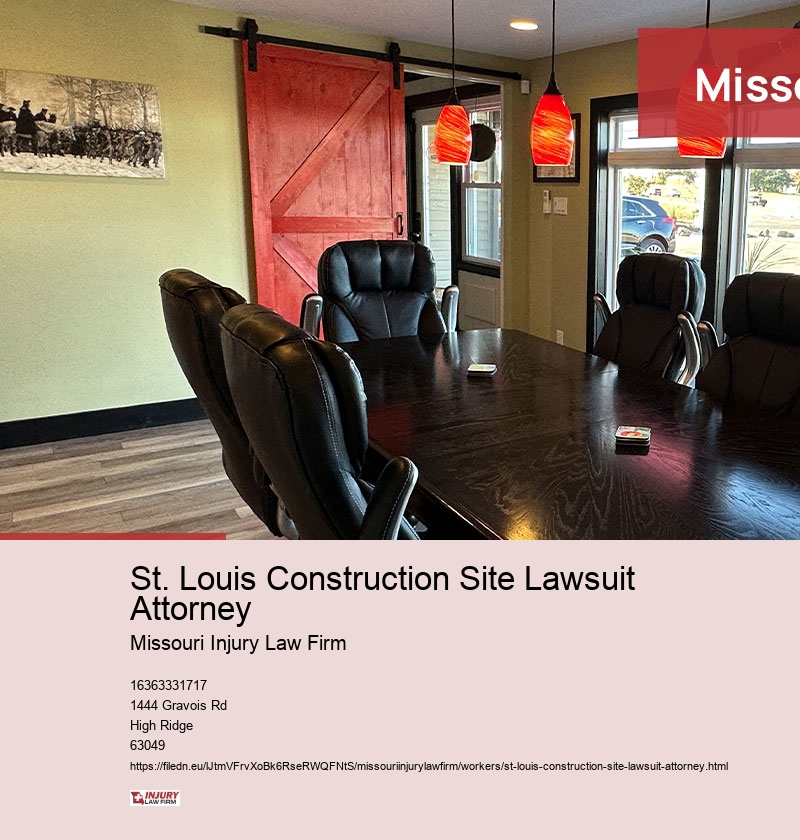St. Louis Construction Site Lawsuit Attorney
The Risks of Construction Sites in St. Louis
Construction sites are among the most high-risk environments, where injuries often occur due to slips, machinery accidents, power surges, and structural breakdowns. In St. Louis, where construction is a significant field, safety failures and negligence frequently lead to severe worker trauma. These events not only cause physical harm but also monetary and mental distress, often leaving laborers unable to resume duties. Guidelines set by the Occupational Safety and Health Administration (OSHA) are meant to protect employees, but many employers fail to adhere, leading to unnecessary accidents. Determining who is at fault is often complicated, as accountability can fall on main builders, sub-builders, equipment manufacturers, or site proprietors. The legal process for seeking compensation varies, with affected employees needing to choose between submitting a insurance request or pursuing a third-party lawsuit. providers often attempt to reduce compensation, making expert legal help crucial to ensure victims recover the financial support they are entitled to.
